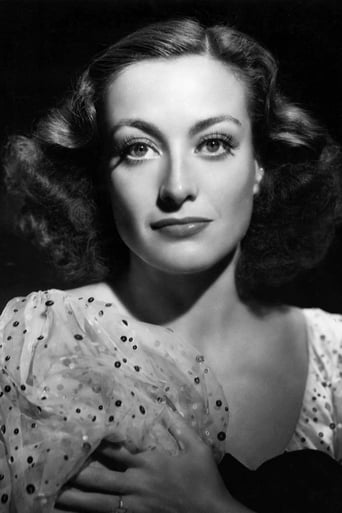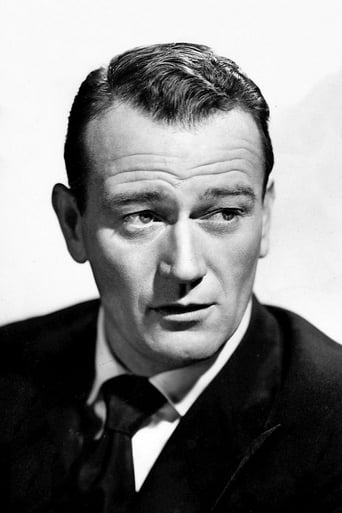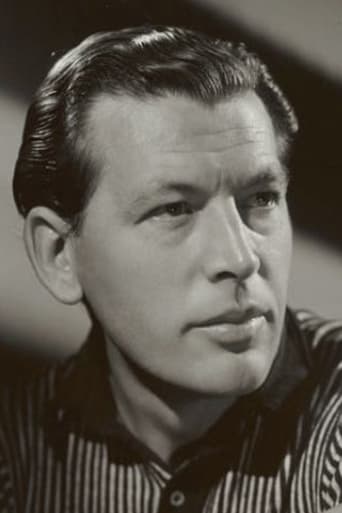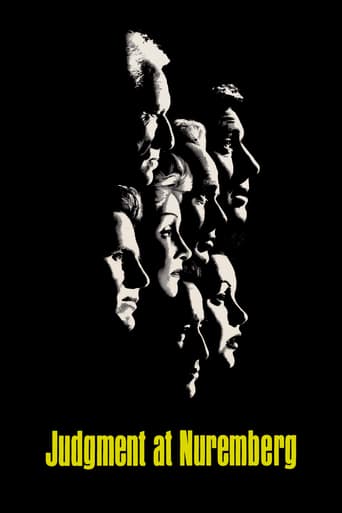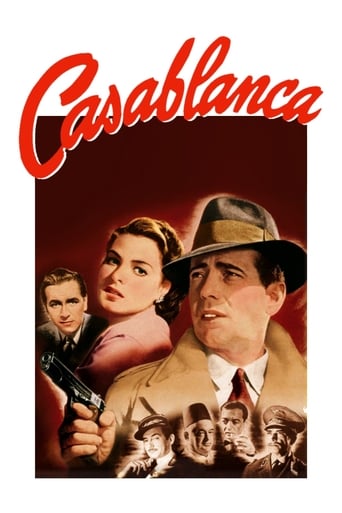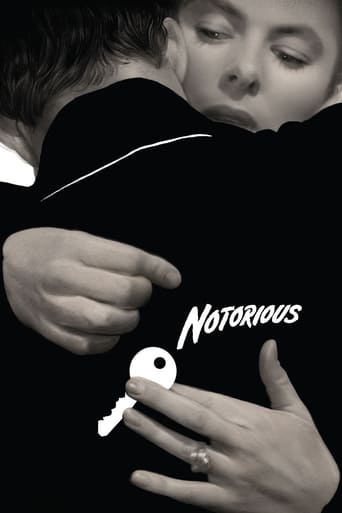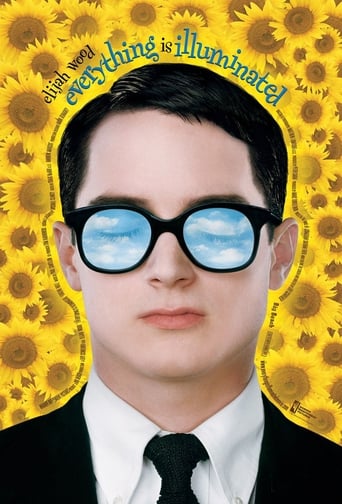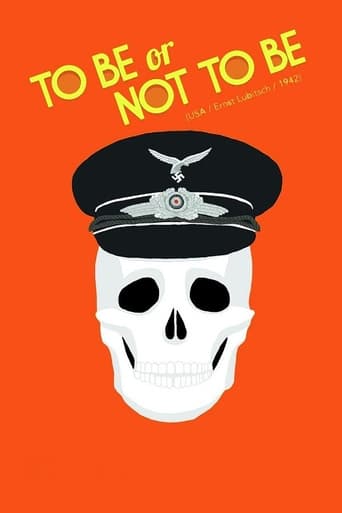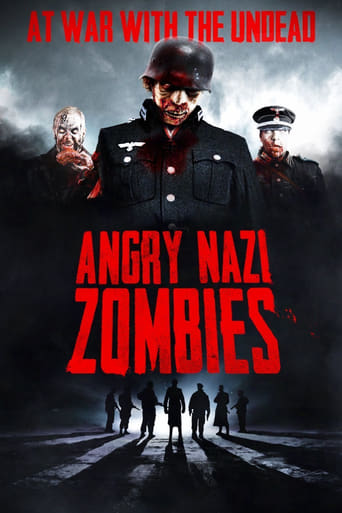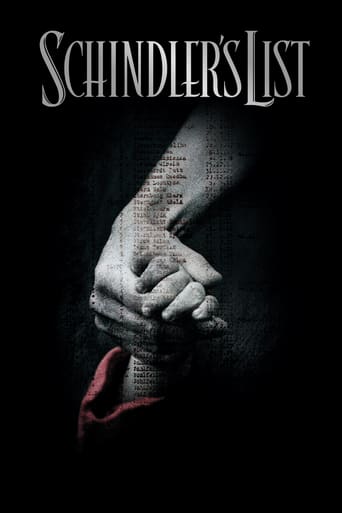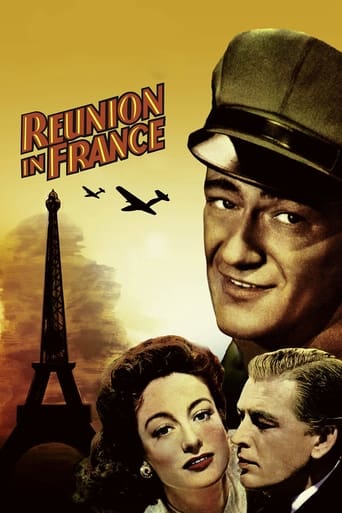
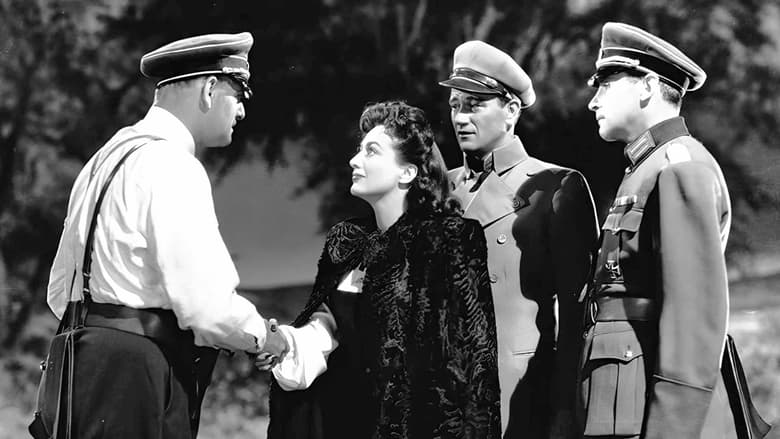
Reunion in France (1942)
Frenchwoman Michele de la Becque, an opponent of the Nazis in German-occupied Paris, hides a downed American flyer, Pat Talbot, and attempts to get him safely out of the country.
Watch Trailer
Cast
Similar titles

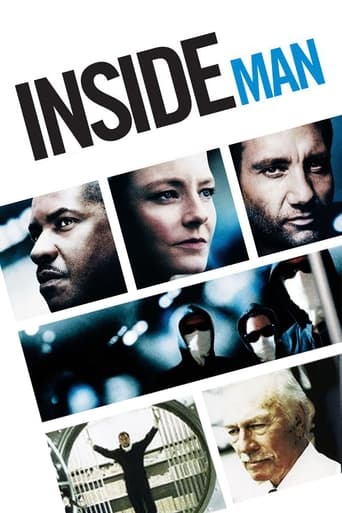
Reviews
Pretty Good
Although it has its amusing moments, in eneral the plot does not convince.
This is one of the few movies I've ever seen where the whole audience broke into spontaneous, loud applause a third of the way in.
Not sure how, but this is easily one of the best movies all summer. Multiple levels of funny, never takes itself seriously, super colorful, and creative.
Wearing a stunning array of gowns by Irene and photographed with glossy MGM care, Joan Crawford is a French woman (with a cultured American accent) who doesn't think France has to worry about the occupation of her country by Hitler's Nazis until they take over her home while she's vacationing elsewhere.With the reality of war, comes the realization that her husband (Philip Dorn) might be collaborating with the Nazis. She loves him dearly but is beginning to despise his affiliation with so many Nazi friends. Then along comes an American pilot (John Wayne), whom she hides in her apartment until she can get him safely out of the country. That's the set-up in this basically suspenseful melodrama which, while unconvincing and full of twists and turns in the plot, is played by a competent team of actors, all of varying accents, who keep the story moving toward a not too surprising climax.Among the good supporting players are Reginald Owen, Albert Basserman, Natalie Schaefer, John Carradine, Howard DaSilva, Henry Daniell and J. Edward Bromberg.And yet, the whole film has the air of a minor B-film despite such extravagant settings and Crawford's never-ending wardrobe changes. It also has the air of artificiality which works against sustaining the sort of suspenseful atmosphere it seeks to gain throughout.Philip Dorn rates special mention as Joan's true love. He gives a colorful, nuanced performance that is interesting to watch.
Reunion in France (1942)First important fact: this movie, about the first year of WWII when Hitler took over France, was released a month before "Casablanca." It does not compare in most ways with the drama, the humor, the writing, the music, the velocity, and the legendary actors of the more famous movie. But it is a very good movie with an interesting early pro-American, pro-French message. Joan Crawford crackles as much as she can in a topsy turvy role, going from spoiled and frivolous rich woman Michele de la Becque to (briefly) a refugee to, finally, an ordinary woman fighting with all her heart for France. There are two male actors with important roles and they couldn't be more different. One is Michele's lover and fiancé, played with a cultured perfection by Philip Dorn, a Dutch actor who pulls off the pan-Euro, mostly French aristocrat and businessman well. Opposite him in every way is the homey, tough, humble American who shows up halfway through the film, John Wayne. I don't know if this really makes sense in the film, but I can see it on paper, since Wayne played a non-cowboy merchant seaman in the terrific John Ford film which prefigures this one in some ways, "The Long Voyage Home." He doesn't seem as wily and smart as a fugitive from the Nazis would have to be, behind the lines in occupied Paris, but he at least plays the role of an ordinary American ready to help the French, and this is the political message throughout.In fact, the movie borders on a brilliant propaganda device, putting message ahead of plot now and then, just perceptibly. Crawford is so good even her speeches make a convincing case, and I'm assuming American audiences cheered her on by December of 1942 when it was released (on Christmas day). The scenes of the Germans taking over Paris are always horrifying, and they are again here. There is even a deliberate homage to Soviet director Eisenstein when a baby carriage runs off after the mother is killed by gunfire.But back to "Casablanca." It's an interesting problem to solve, feeding the American audience worried about the war and about U.S. involvement. Because Hollywood was both a symptom of public opinion and a shaper of it, and these are two rather different kinds of films with very similar messages. Director Jules Dassin, who is not French but American, had just started making films in 1941, and there is a sense of expertise at the expense of intuitive magic. "Reunion in France" is strong, smart, and convincing. But it doesn't sizzle or build the aura of the time like it could. And yet, in its defense, it has no perspective at all on the events, since it was made while they were unfolding, even before they were unfolding since it has to anticipate to some extent how the film will settle six months after being written and shot. Watch it. It's really good.
Reunion in France finds Joan Crawford as an upper class French woman happily engaged to industrialist Philip Dorn and confident that the French army will defend the Maginot Line and the Germans will be defeated once they make a move west. Of course history and the film both tell us it didn't work out that way.When she arrives back in Paris because she's away in the country when the surrender happens, she finds that the Germans have taken over her house to use as office space, but they've permitted her to occupy one room on the ground level with its own entrance to the street. That's a minor inconvenience compared to when she learns that her fiancé is collaborating with the Nazis. Around that time a young flier with the RAF Eagle Squadron, John Wayne, accosts her in the street and gets her to take him in. He's escaped from Nazi custody and looking to get back to Great Britain.This is a minor film in the credits of both John Wayne and Joan Crawford in there one and only film together. Crawford was being slowly eased out at MGM and she knew it. Still she was a professional if nothing else and gives the role her best. The part called for her to look chic and those Adrian gowns were in play again.John Wayne doesn't even get into the film until almost 40 minutes into the story. When he does get in, even though he makes a play for Crawford, the Duke has some real problems as Crawford in order to help him has to play up to Dorn and his Nazi friends. It's not the John Wayne we're used to because it really isn't his film.There's been some criticism by other reviewers that Crawford doesn't sound French. Then again neither does anyone else in the film. The rest of the cast. The cast in fact has a variety of European and American accents, Frenchmen weren't in good supply at that point in Hollywood, either that or they were otherwise committed. Surely Crawford was no more French sounding than Humphrey Bogart in Passage to Marseille.Albert Basserman is the commanding general in Paris and the fellow who Dorn cultivates. John Carradine may be the best one in the film as the Gestapo agent who knows there's something fishy with Crawford, but can't quite prove it. Both the Duke and Joan Crawford had better days ahead of them. Still the film is a curiosity and worth a look.
Interesting film with Joan Crawford caught up in occupied France during World War 11.A young dashing John Wayne is terribly miscast as a flier in this film.Phil Dorn, who was memorable 6 years later in "I Remember Mama," plays Crawford's love interest here. The two of them spend the film deceiving the Nazis.Albert Basserman plays an entirely too sympathetic Nazi official in the film. He must have thought that he was still starring in his Oscar nominated 1940 supporting performance in "Foreign Correspondent."Of course, Ms. Crawford goes from clothes-horse to extreme patriot and remains in the arms of Dorn, both despised by the occupants for their supposedly pro-Nazi ways. How they fooled the public. Vive la France!
